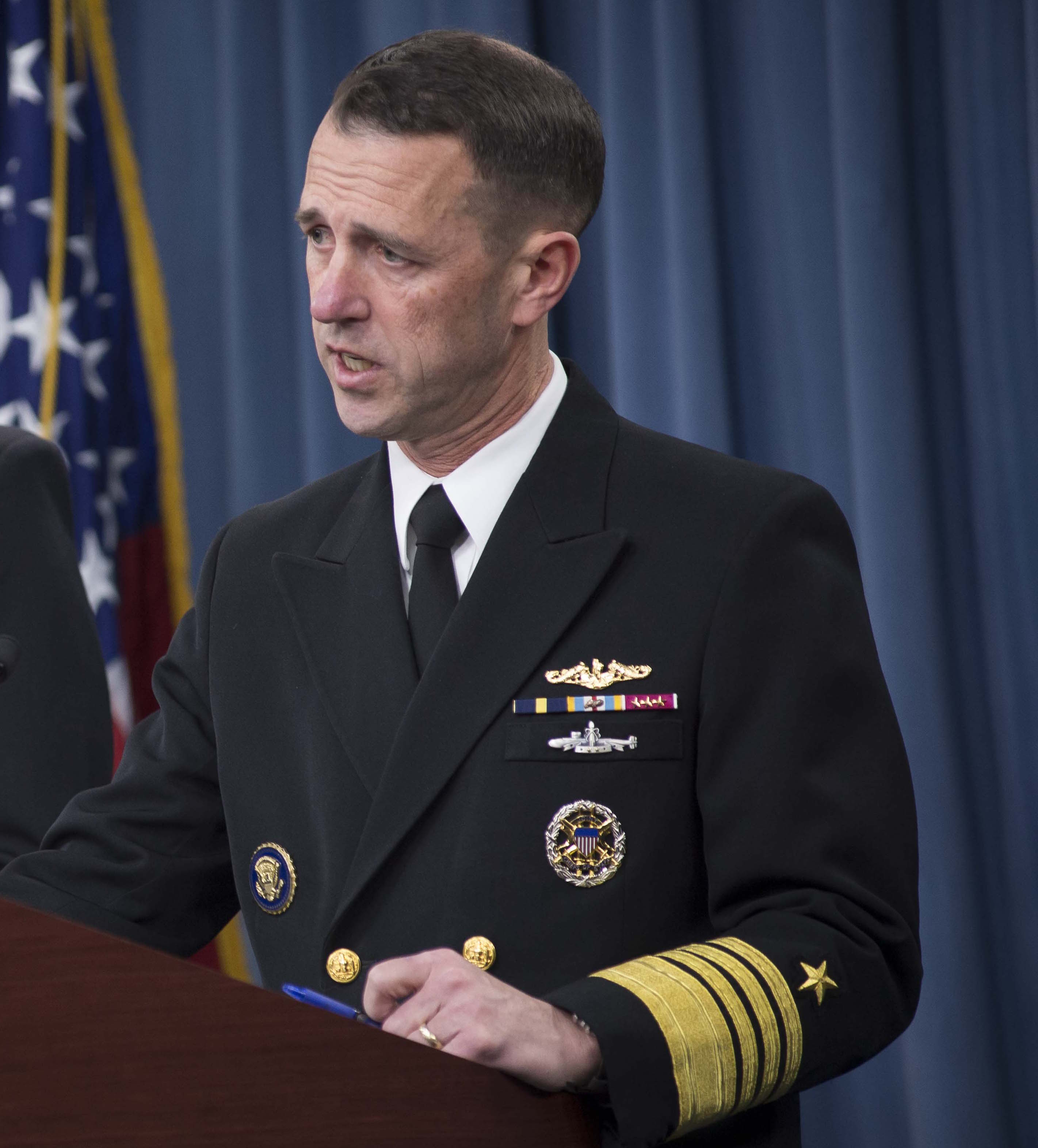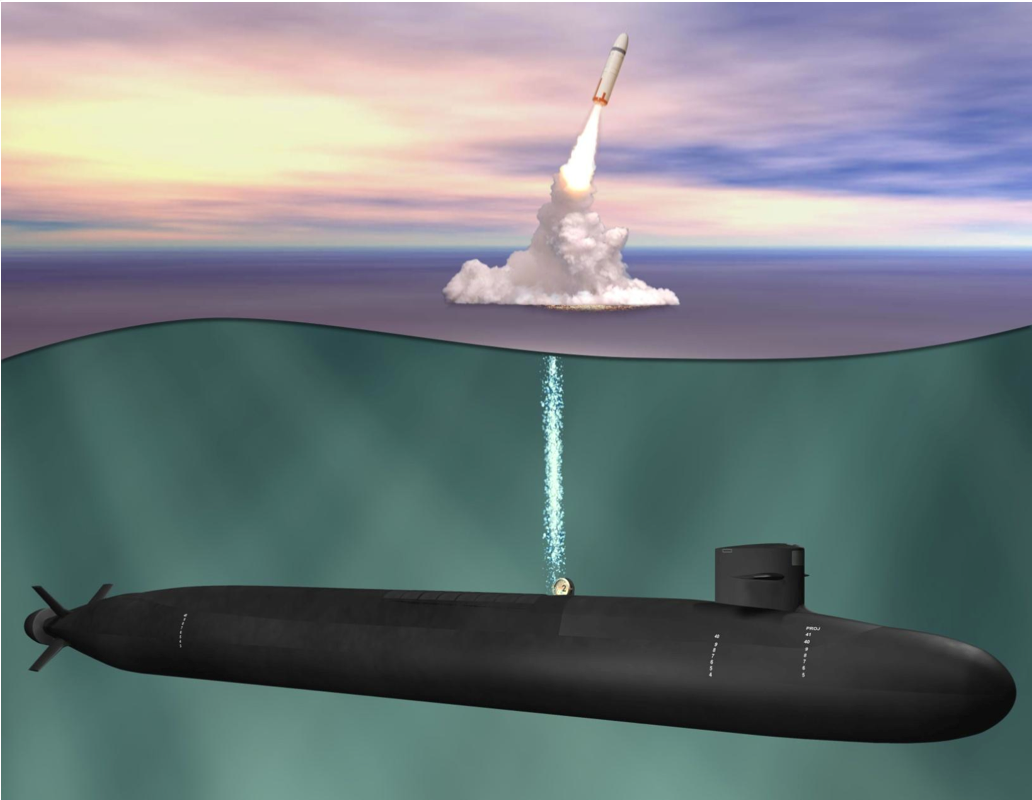
WASHINGTON NAVY YARD — Development work for the reactor that will power the Navy’s next generation nuclear ballistic missile submarine (SSBN) was fully funded in the so-called Fiscal Year 2015 “cromnibus” that was signed into law last month, the head of the service’s Naval Reactors told USNI News on Friday.
In addition to the $156 million Ohio-class Replacement Program (ORP) reactor development included the Department of Energy’s FY 2015 budget, Congress also included $126.4 to refuel the service’s S8G prototype reactor in West Milton, N.Y. and $70 million to dispose of reactor waste as part of an existing facility in Idaho.
“I’m feeling pretty good,” said head of Naval Reactors Adm. John Richardson told USNI News.
“We got full funding for the Ohio Replacement Program. We got full funding for the refueling of the prototype in New York which enables the Ohio Replacement Program (ORP) technologically in many ways.”
The reactors for the service’s carriers and submarines are provided to the Navy by the National Nuclear Security Administration (NNSA)and their budget is responsible for the development of new reactors and the disposal of spent nuclear fuel

The total $1.23 billion funding line for naval reactors is less than original requested amount of $1.377 billion originally requested but did fund priorities outlined by Richardson and Chief of Naval Operations Adm. Jonathan Greenert in July.
Richardson and Greenert sent Congress a strongly worded letter that said an ongoing trend of Department of Energy budget funding reductions put, “the nation’s security at risk,” read the July letter.
“The persistent cuts have put [Naval Reactors] in the position of being unable to provide for a safe and reliable nuclear fleet, design and test the reactor plant for the Ohio Replacement Program [ORP] and safely and responsibly manage aging infrastructure and the facilities for processing naval spent nuclear fuel.”
On Friday, Richardson said Naval Reactors was, “in a pretty good spot, right now.”
The Navy, the Department of Defense and Department of Energy, “understand each other very clearly now and we’re working better than ever with Congress,” he said.





